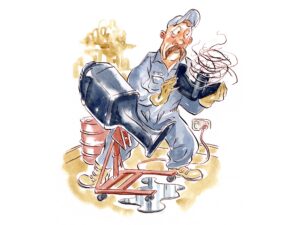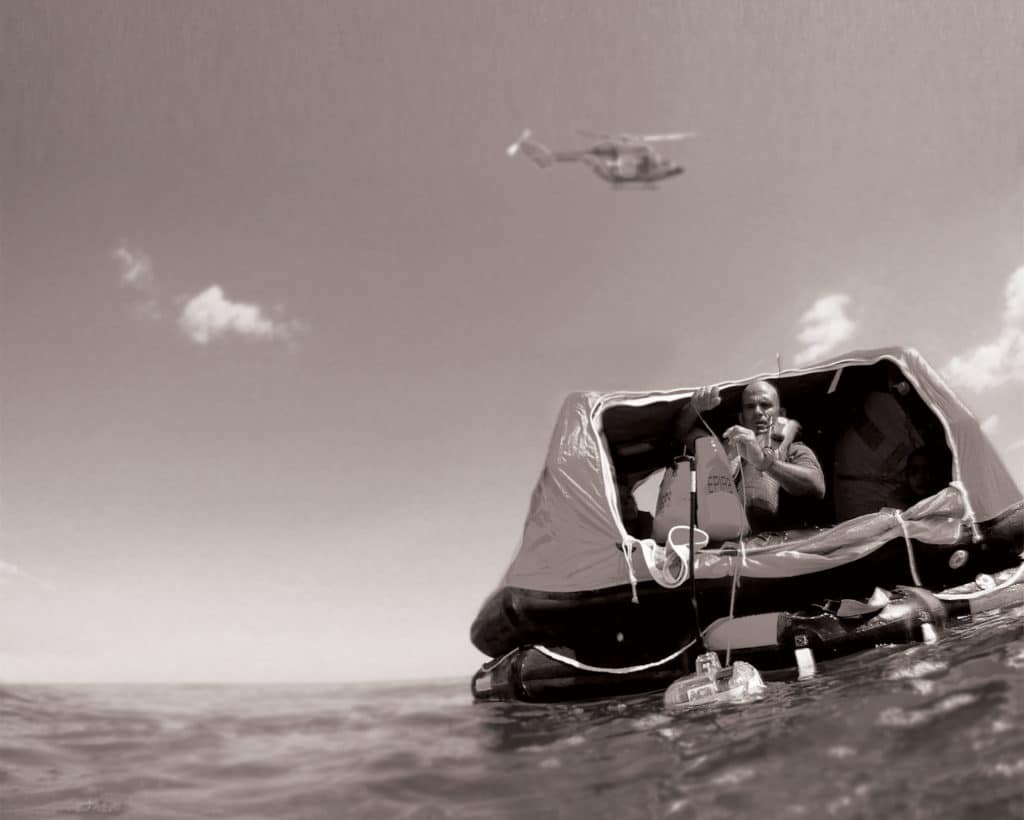
When Geoff Varell left the inlet near Cape Canaveral, Florida, and pointed his 20-foot center-console offshore, he had only visions of catching mahimahi running through his head. With his two young sons and close friend aboard, he made his way offshore to a fishing spot known as “the Cones.” The weather report had been favorable, and the bite had reportedly been on. But as the seas started to pick up and the group stopped to set up to troll, Varell noticed the boat sitting lower in the water than usual. Then he opened up the battery hatch in the cockpit sole, and instantly he knew something had gone very wrong.
In the history of boating, there are countless stories like Varell’s that start with beautiful weather and great expectations. Unfortunately, sometimes the fun days quickly turn into emergency situations. While no one expects the worst to happen, if you’re prepared for disaster, you can do the right thing to get help. Here are four different search and rescue stories, including Varell’s, that provide valuable lessons on how to be rescued.
The PLB
When Varell opened that hatch on his 20-footer, he noticed the bilge had filled with water and his batteries were almost completely submerged. He quickly went to the helm, flipped on the bilge pumps, and tried to turn the boat to put it on plane, but it took water over the bow. At that point, the boat became unstable and, with the T-top catching the wind, they worried it would roll in the building seas. Varell’s friend rushed to the bow and grabbed life jackets for all four passengers while Varell put out a mayday call over his VHF. A nearby boater responded, but he read back their latitude and longitude numbers and left one digit off. With the boat feeling increasingly unstable, they had a decision to make.
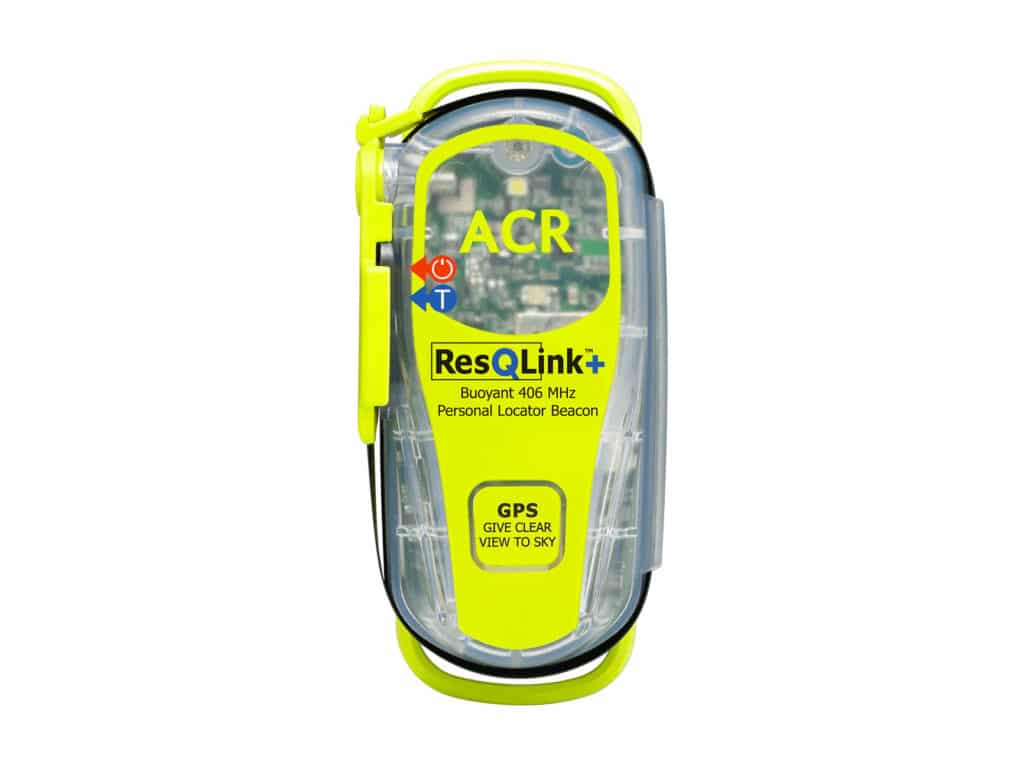
“It all happened extremely fast,” Varell recalls. “From the time we realized we were taking on water, it took maybe 10 minutes.” A veteran of many tuna trips from his original home state of Delaware, Varell was no stranger to being offshore. Still, he never dreamed he would be in this position.
Fearing the kids would get trapped under the boat if it rolled, they decided to leave the vessel. Varell’s friend jumped into the water and grabbed Varell’s two young sons, ages 7 and 9. Smartly, he also grabbed Varell’s ACR ResQLink+ personal locator beacon (PLB). Varell grabbed a flare gun and, after climbing back aboard to kill the engines, swam to his sons and friend.
After about 15 minutes, they realized they hadn’t activated the PLB, so they finally engaged it. Since they were in a popular fishing area, Varell shot off his flares in hopes nearby boats would see them. Unfortunately, none did.
“It seemed everyone else was trolling south and the current was taking us north,” Varell says.
They floated for two hours, worried they might never be found. Fortunately, Varell’s PLB did what it was supposed to do—it sent an emergency call via satellite uplink on a 406 MHz frequency to the US Coast Guard with GPS coordinates of the crew. Within two hours, they caught sight of a Coast Guard HC-144 Ocean Sentry search plane homing in on their PLB transmission, and they knew help was on the way.
“Hands-down, the PLB was our saving grace,” Varell says of his ultimate rescue by the Coast Guard. “It’s the reason my family and friend are still here.”
The Life Jacket
A few years ago, one of Hunter Bland’s fishing videos went viral, instantly turning him into an internet sensation—though not for the reasons you’d expect. During a college tournament, he and his teammate were in their bass boat, running along on the Flint River in Georgia en route to a fishing spot. As a lifelong angler and collegiate bass fisherman for the University of Florida, Bland had been handling bass boats for years. Still, he was not prepared for what happened next, caught in chilling detail on the boat’s mounted camera.
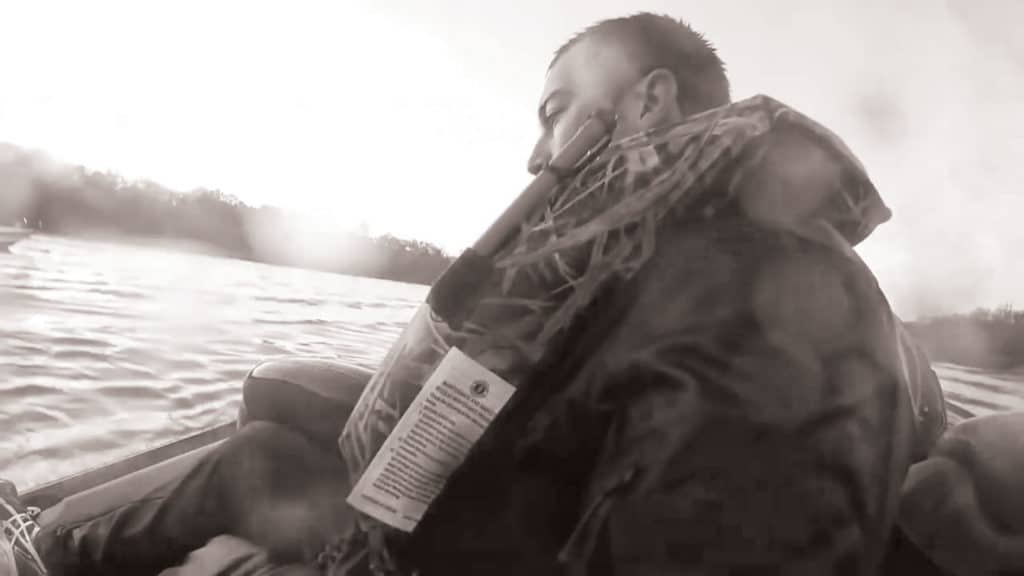
“As I crossed another boat’s wake, the hydraulic steering came completely apart,” Bland recalls.
In a split second, the boat took a 90-degree turn before ejecting Bland and his teammate and spinning out. Bland remembers how much it hurt when he smacked the water. Then he was briefly trapped by the boat before kicking and pushing himself free.
“I was floating in the water stunned and thinking, What just happened?” Bland says. Fortunately, Bland’s teammate had on a hydrostatic Mustang life jacket that inflated as soon as he hit the water. He swam over and pulled the tab on Bland’s manual Mustang life jacket. Miraculously, the video shows them both climb back onto the boat unharmed. Bland considers himself to be very lucky.
“I was 21 when it happened,” he says now. “I had just gotten engaged, and I almost never got to see my wedding day.”
Today Bland spends time as both a professional bass angler and a boating-safety advocate. He tirelessly preaches that boaters should always wear their life jackets, and the captain should always wear the engine cutoff switch (ECOS) lanyard.
“I personally started wearing Mustang’s Elite 28 Hydrostatic at all times,” he says. “If you get too complacent, it can all be taken away from you in an instant.”
The Coast Guard Call
Paul Barnard, district recreational boating safety manager of the US Coast Guard District 8, wanted to share the details of this search and rescue story out of New Orleans because, in his mind, there is so much to be learned from it.
Barnard’s story is of Capt. John Anderson, a professional mariner who runs workboat vessels out of Grande Isle, Louisiana. He had bought a twin-engine center-console and decided to take his wife and two children offshore to fish the rigs in the Gulf of Mexico, just as thousands of other boaters do.
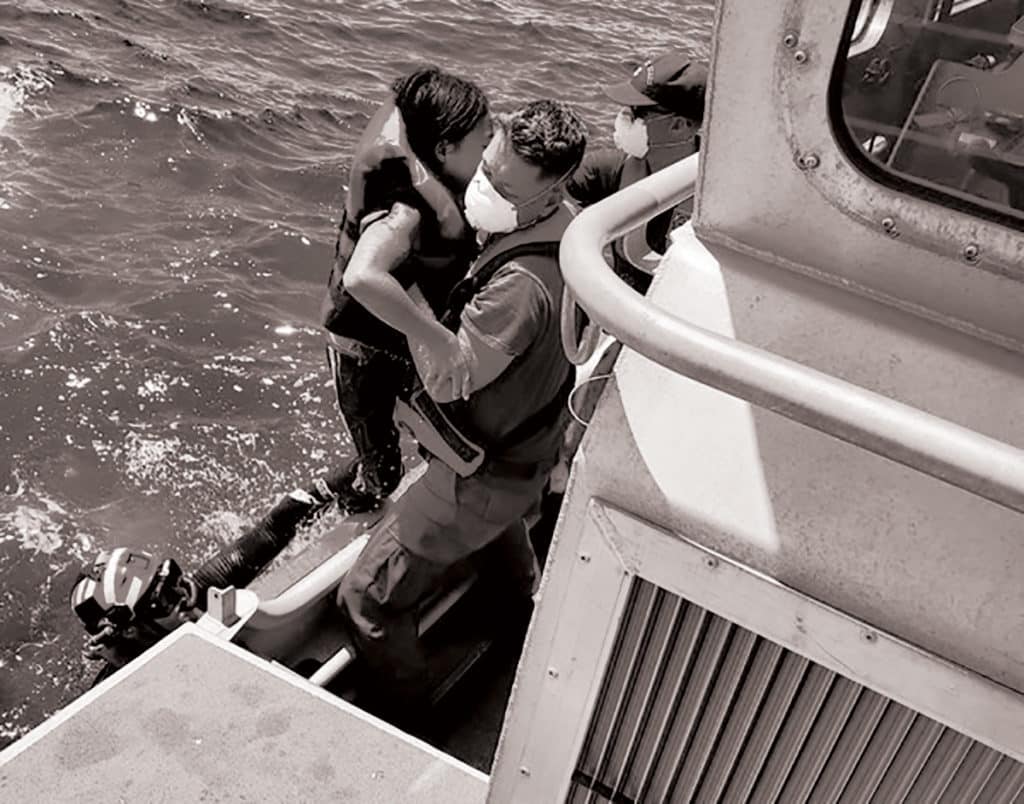
A veteran captain, Anderson knew to leave a detailed float plan of his trip out to an oil rig known as Medusa, which sits in 2,200 feet of water about 100 miles offshore from the mouth of the Mississippi River. He’d prepped his boat with life jackets and a ditch bag, which included a handheld VHF and an assortment of pyrotechnic flares—all things Anderson and his family never expected to need as they enjoyed calm seas on their overnight trip fishing Medusa and another platform known as South Pass Rig 93A.
As they made their way home to Grande Isle, Anderson noticed a certain heaviness in his boat. With engine rpm dropping, he realized the boat was taking on water, so he changed course toward the nearest active offshore rig. As he tried to resolve the problem on his own, Anderson called for help.
“Mayday, mayday, mayday,” he hailed over his boat’s fixed-mount VHF. The call reached the Coast Guard’s Sector New Orleans Communications Center. Petty Officer Sonalice Ellis answered the call and quickly responded.
Using a handheld GPS, Anderson relayed the coordinates as best he could, which were near an underwater seamount known as the Midnight Lump. Ellis provided the information to search and rescue controller Timothy Duffy, who put Anderson’s information into a computer program known as SAROPS, which helps calculate a search area using provided position data, wind and drift.
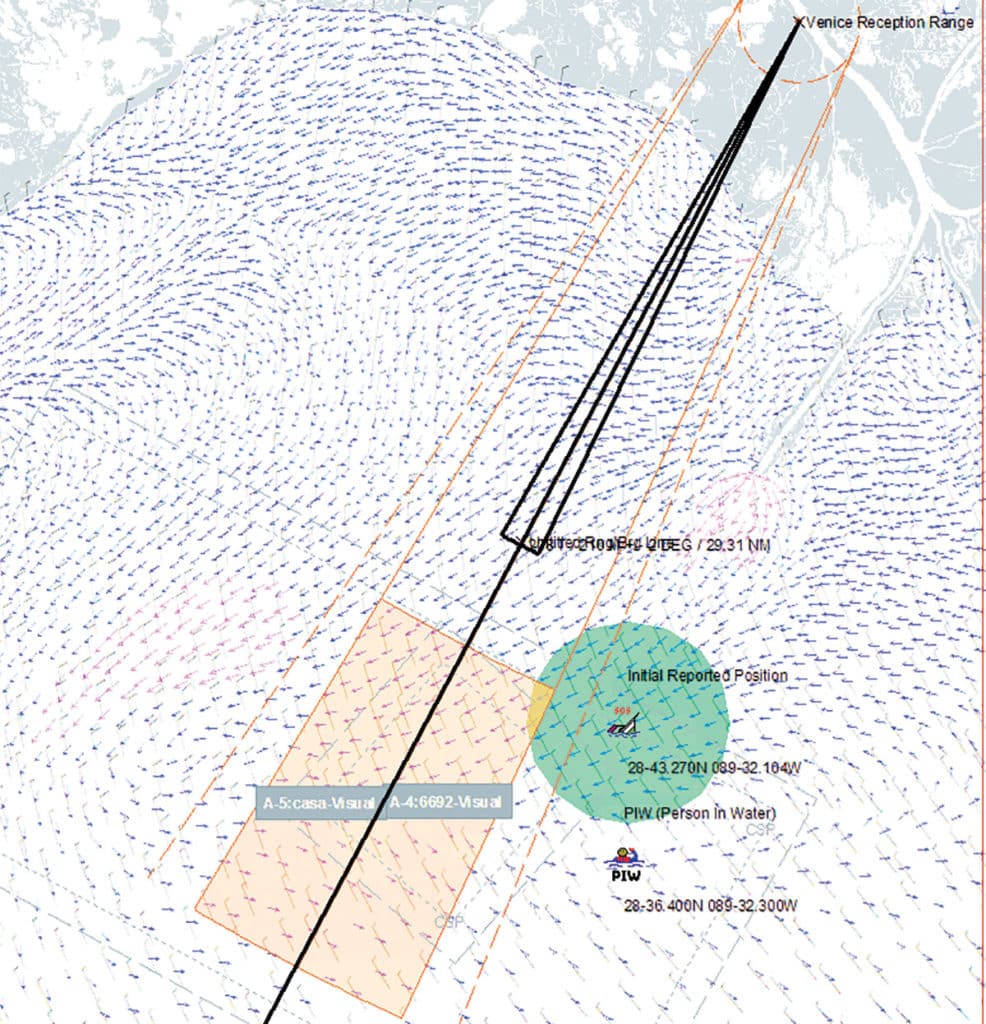
Meanwhile, Anderson put his family in life jackets. Both of his outboard engines died, and soon after his boat took on too much water and rolled. It happened so quickly that he was unable to grab the ditch bag. Managing to find a few flares in the water, he and his family sat atop their overturned vessel and waited.
Fortunately, Anderson’s mayday call was not in vain. The Coast Guard dispatched an MC-65 Dolphin helicopter, an HC-144 search plane and a 45-foot RBM Coast Guard vessel, and had at the ready another helicopter with a rescue swimmer on board. After around two hours adrift on top of the boat, Anderson spotted the Ocean Sentry search plane. He shot off a flare, and the plane flew directly overhead.
The Coast Guard helicopter and boat arrived on the scene 15 miles off the coast of Louisiana, rescuing Anderson and his family.
“Of all the recent cases that jump out at me, this one has more safety lessons than any other I can think of,” Barnard says. “And it showed great work by our fixed-wing, helo and boat crews.”
The Towing Service
Capt. Ed “Jazz” Jazwierski had just finished towing another BoatU.S. customer into Fort DeSoto, Florida, when he received a radio call from his dispatcher. The longtime captain from TowBoatUS in Tampa, Florida, responded to the request for assistance from a boat anchored 22 miles offshore in the Gulf of Mexico. As he made his way out to the stranded boaters, it seemed at the time like a routine request for a tow, except for the thunderstorm brewing offshore.
“I was hoping to miss the storm as it passed offshore,” Jazwierski recalls. “But that didn’t work out.”
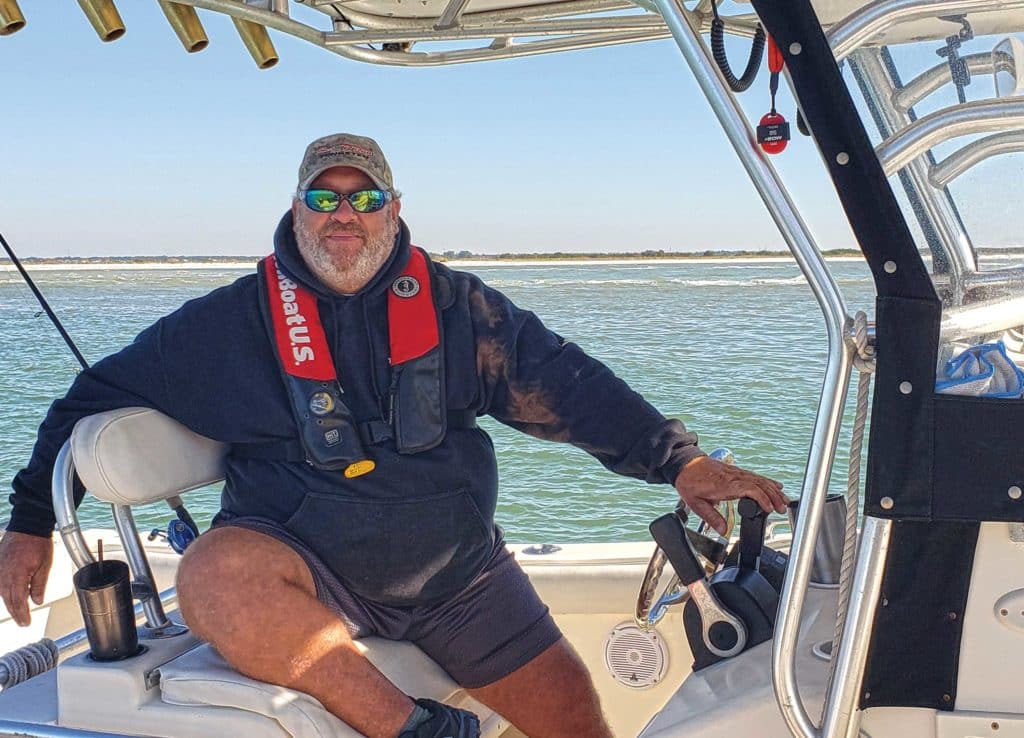
As he made his way about 2 to 3 miles offshore, the National Weather Service broadcast a severe thunderstorm warning. Suddenly, he found himself navigating his 27-foot World Cat through 35-knot winds as he took breaking waves over the bow and beam seas hit his port side.
As he approached the boat’s location, the waves had grown to 6 to 8 feet. Jazwierski had to look for the stranded center-console from the tops of the waves because all he could see in the troughs was water and frothy whitecaps.
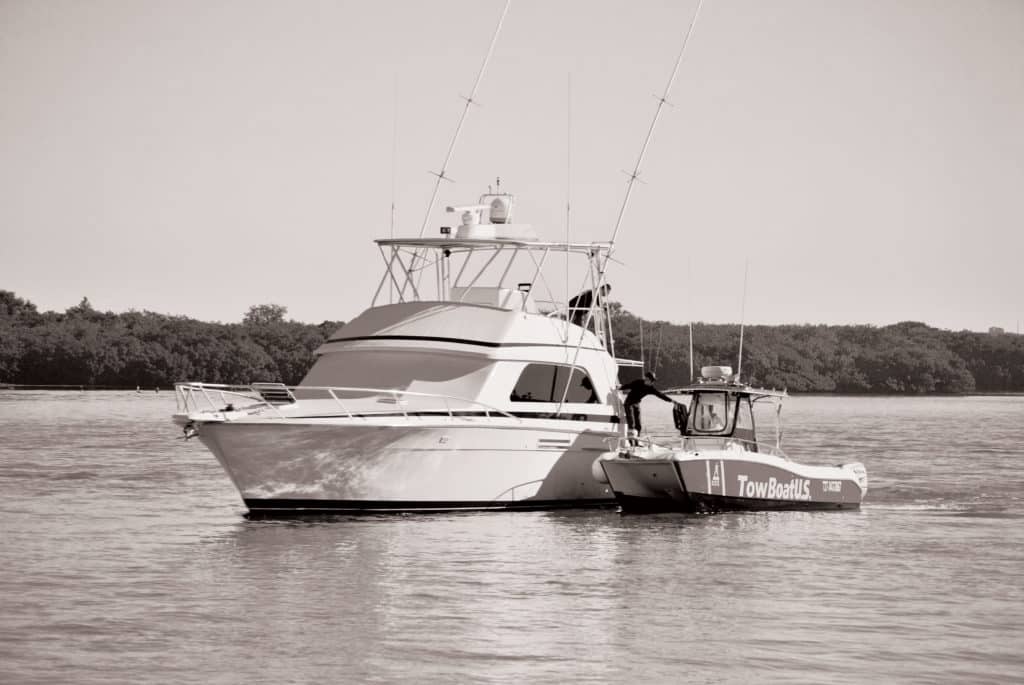
Finally, he spotted the anchored boat, but as he approached, he realized no one was on it. Suddenly, the routine towing job became a search and rescue mission. With no distress calls or man-overboard reports, he had no idea of the situation or where the occupants could be. Thinking quickly, he threw some industrial-strength work towels into the water and watched where they floated to establish a drift pattern. After a few minutes, he started circling in the direction of the drift, looking over the waves for any signs of debris.
Read Next: Electronic Emergency Communications Devices for Boaters
“After a few minutes, I spotted an orange cooler,” Jazwierski says. “As I got closer, I saw three people in life jackets clinging to it.”
Turns out, the three boaters had grown concerned that their boat had taken on too much water and decided to float next to it with the cooler, but the current swept them away from it. Thankfully, they were all wearing life jackets. Acting quickly, Jazwierski pulled all three aboard his World Cat, and even managed to circle back and tow their boat safely to port.
“We’re not first responders,” Jazwierski says. “But sometimes when people need help, we’re the closest boat.”




